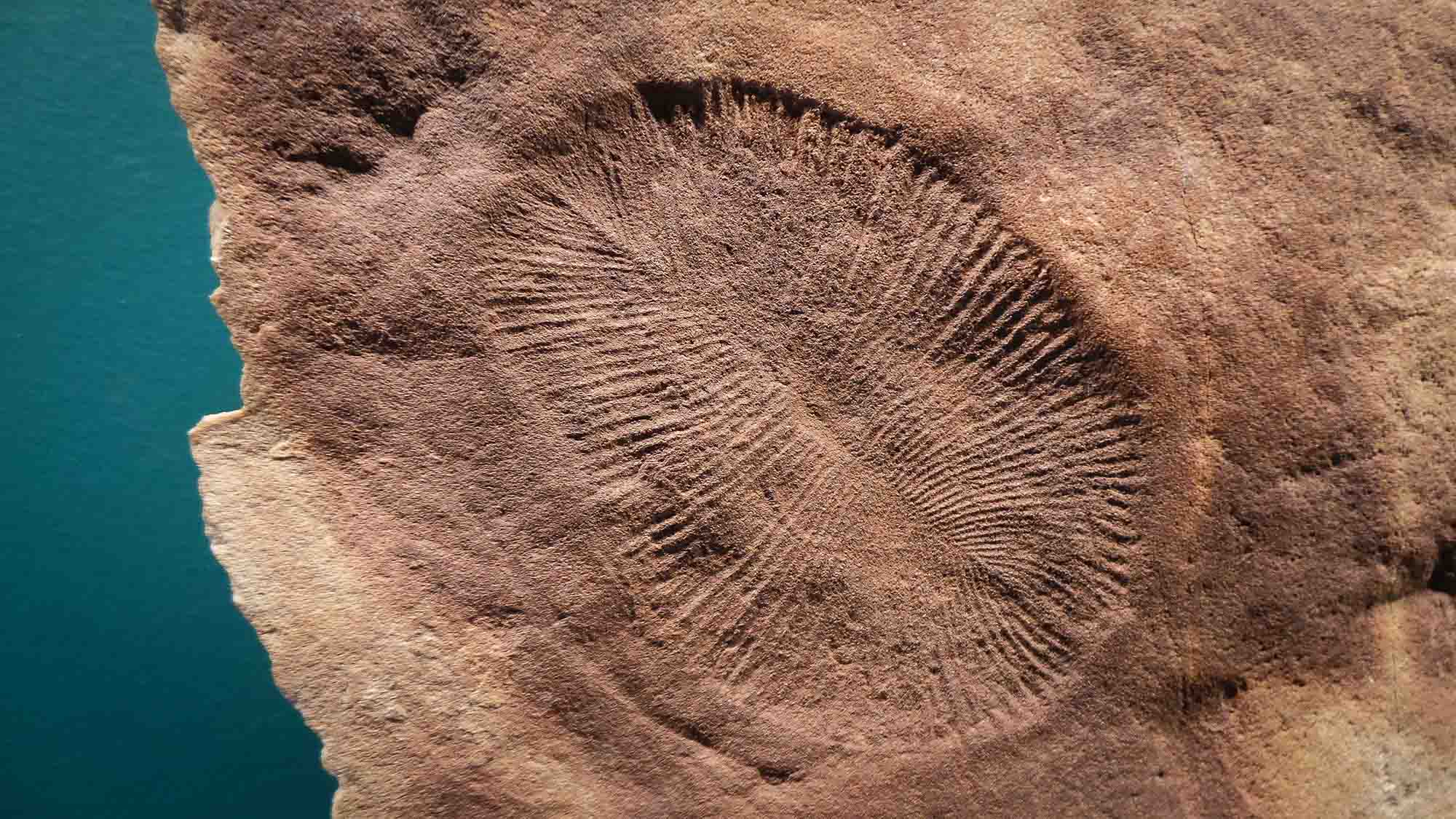Can you imagine tracing the genetic changes that have taken place over 700 million years in order to understand the evolution of animals? This is what a research group at the Centre for Genomic Regulation (CRG), together with researchers at the Institute for Evolutionary Biology (IBE: CSIC-UPF), has done. The study collected data on 8 tissues from 20 species of animals with bilateral symmetry, i.e. with head and tail or lower limbs, such as humans, sharks, octopuses, or centipedes.
“When you are looking into animal evolution, you need to gather as many species as possible, to compare their genes and the changes between them. This will allow you to spot the subtle differences that made them go separate ways or have differential traits”, says Xavier Franch, a senior researcher at the IBE and one of the authors. In this way, they were able to trace the evolutionary history of 7,000 gene clusters over the 700 million years that separate us from the common ancestor of bilateral animals.
Ancestral gene duplication enables innovation
The research team focused on ancestral genes that have been conserved because of the importance of their functions. Almost half of these ancestral genes have changed randomly, creating new functions and tissues. This could not have happened without moments of genome duplication, which made it possible to maintain a copy of the gene with its original function.
For example, the TESMIN and tomb genes are derived from ancestral genes that are essential for survival because they are involved in sperm production. These ancestral genes were duplicated, and while one copy was able to maintain its essential function, the other mutated differently in vertebrates and insects, playing different roles in each species.
“Our work makes us rethink the roles and functions that genes play. It shows us that genes that are crucial for survival and have been preserved through millions of years can also very easily acquire new functions”
Manuel Irimia, CRG
For this reason, the emergence of certain vertebrate tissues coincides with two evolutionary moments when the genome of our ancestors was completely duplicated. The study describes several examples of the creation of new functions, such as the development of complex nervous systems, the cuticle that allows insects to fly, or the tissue that allows octopuses to camouflage themselves.
Manuel Irimia, CRG researcher and leader of the study, talks about the balancing act that occurs during evolution between the preservation of vital functions and the exploration of new paths. “Our work makes us rethink the roles and functions that genes play. It shows us that genes that are crucial for survival and have been preserved through millions of years can also very easily acquire new functions in evolution”, concludes the scientist.
Mantica et al. (2024) Evolution of tissue-specific expression of ancestral genes across vertebrates and insects, Nature Ecology and Evolution. DOI: 10.1038/s41559-024-02398-5. URL after publication: https://www.nature.com/articles/s41559-024-02398-5







